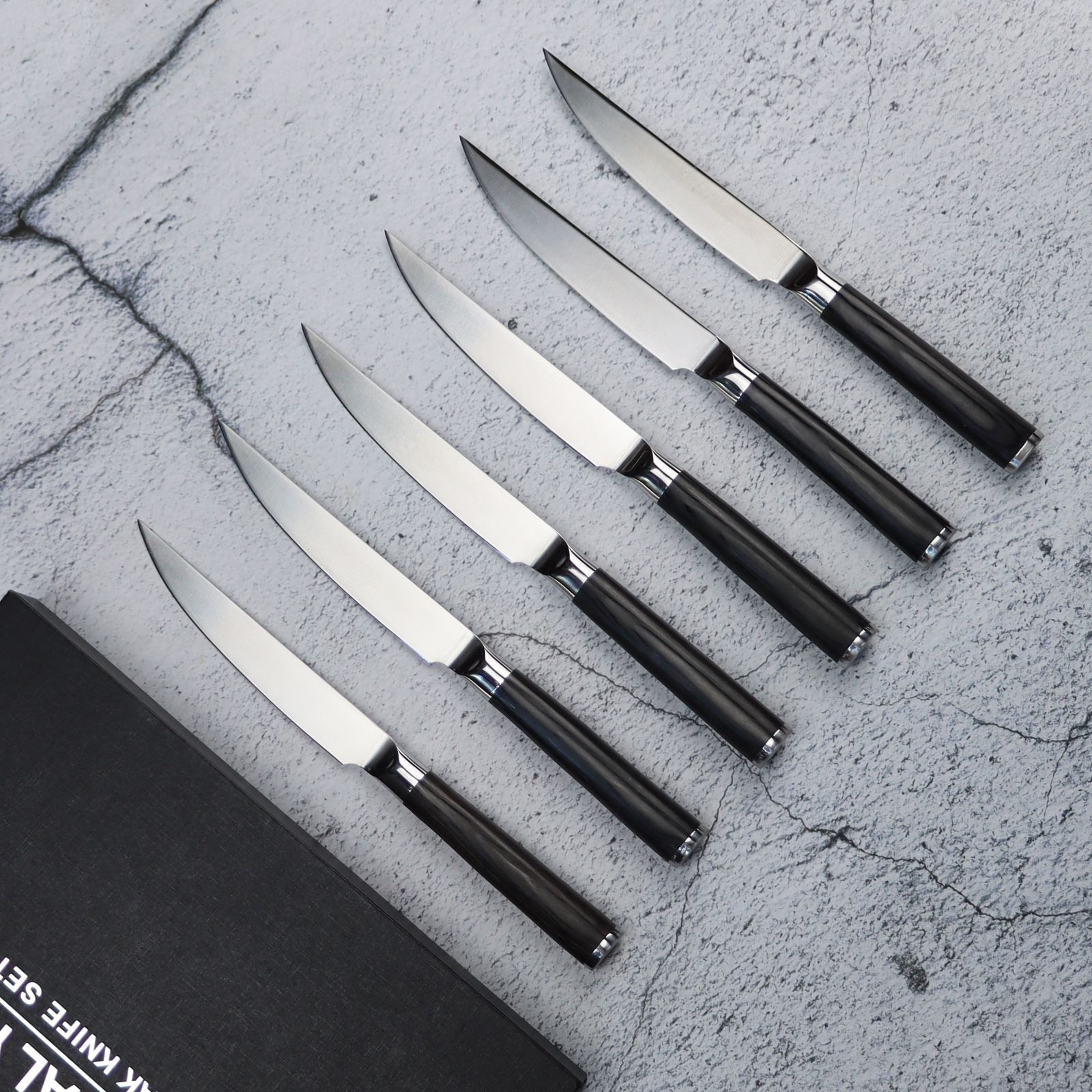Steak knives are essential at home and in a restaurant. A quality stylish steak knife will make your table settings always look well-coordinated, and maximally preserve the meat juice. All meat lovers like it, including you, right?
Types of Steak Knives
1. Serrated Steak Knives

Serrated steak knives have serrated blades, which means that the edge has a ridged, tooth-like look. Serrated blades are extremely sharp and versatile, ensuring effortless cutting through juicy steaks or tender roasts. Serrated steak knives can also cut through other foods with a hard crust, such as bread to fruits that have thick rinds.
Serrated steak knives are popular in many homes and restaurants because of their ability to stay sharp for a long time and their ability to effectively cut through various types of meat without tearing or shredding it. Serrated steak knives are often the first choice for serving steak dinners.
2. Non Serrated Steak Knives

Non-serrated steak knives have a straight or smooth edge without any serrations. Non-serrated steak knives can cut through steak like butter and also offer a clean, smooth cut without tearing or shredding the meat. While, straight edge can be used to cut, chop, slice & dice all firm and soft fruits, vegetables, meats, and fish.
Non-serrated steak knives are more useful when it comes to cutting up steaks at an angle. Hand-sharpened edge for maximum sharpness & edge retention ensuring precision slicing every time.
Non-serrated steak knives are often preferred by those who enjoy a more refined dining experience or who prefer the aesthetic of a straight-edged blade.
Material Steak Knives
Steak knives can be made from a variety of materials, each with its own advantages and disadvantages. Some common materials for steak knives include:
1. Stainless Steel
Stainless steel is one of the most common materials for steak knives. It is durable, corrosion-resistant, and easy to maintain. The quality of a stainless steel knife depends on the specific alloy used.
2. Carbon Steel
Carbon steel is known for its superior sharpness and edge retention. However, it is more susceptible to rust and staining than stainless steel. Carbon steel steak knives require proper care and maintenance to prevent corrosion.
3. Damascus Steel
Damascus steel combines the durability and corrosion resistance of stainless steel with the sharpness and edge retention of high carbon steel. It has excellent performance and is often used in high-quality steak knives.
4. Ceramic
Ceramic knives are made from zirconia, an extremely hard material that retains its edge well. Ceramic knives are lightweight, rust-proof, and don’t impart any metallic taste to food. However, they can be brittle and may chip or crack if not handled carefully.
5. Titanium
Titanium steak knives are lightweight, corrosion-resistant, and extremely durable. They are not as common as stainless steel or ceramic knives but offer similar benefits in terms of performance and maintenance.
Are Serrated Steak Knives Better?
When choosing a steak knife, you should decide between a serrated or straight-edge blade based on personal preference and the type of steak.
Straight Edge
- Ideal for cutting rare (medium-rare) and juicy steaks
- Provides sharp cuts, completing the slicing in one motion, minimizing steak pulling and squeezing, and preserving the steak's smooth appearance
- It tends to wear out more easily because finer blades are more fragile
Serrated
- More durable and retains sharpness longer, making it suitable for cutting thicker or tougher steaks
- The serrated design allows for clean cuts but may cause steak juices to drain, particularly with duller knives
- Best suited for steaks that are medium-rare or above and have a firm, crispy crust
If your steak knife is primarily for cutting steak or tenderloin, a straight-edge blade is recommended. However, if you also need to cut other foods like sausage or pizza, a serrated blade may be more practical.
How to Sharpen Steak Knives?
Sharpening your steak knife is essential to maintaining its cutting performance and extending its lifespan. Here's a step-by-step guide on how to sharpen a straight-edge steak knife. If you need sharpen serrated steak knives, check out our latest guide: How to sharpen serrated knives.
1. Prepare Sharpening Tools
You will need a whetstone, honing rod, or sharpener. Choose the tool you are most familiar with and suitable for your skill level.
2. Check the Knife
Before sharpening your knife, inspect it for any nicks, chips, or major damage. If there is a major problem, it is best to call a professional to repair it.
3. Choose Angle
Determine the angle at which to sharpen the knife. For most steak knives, an angle of 15 to 20 degrees is appropriate. If you're not sure, try matching the existing bevel.
4. Start Sharpening the Knife
If you are using a whetstone, moisten the whetstone with water or oil (depending on the type of whetstone) and place it on a stable surface. Hold the knife at the chosen angle and draw the blade across the stone in a smooth, controlled motion. Start with the coarsest grit and work your way up to finer grits to get a polished edge.
5. Alternating Sides
Grind both sides of the blade evenly to maintain balance. Use the same pressure with each stroke to ensure consistent sharpening.
6. Sharpen the Blade
After sharpening the knife, sharpen the edge with a honing rod. Hold the pole vertically and run the blade alternately along the pole from base to tip. This helps realign the edges and remove burrs.
7. Test Sharpness
Test the knife's sharpness by gently slicing a tomato or steak piece. It should cut smoothly, cleanly, and without tearing.
8. Repeat if Necessary
Depending on the condition of the knife and the degree of sharpening required, you may need to repeat the sharpening process several times.
To maintain sharpness, regularly hone the edge with a honing rod and sharpen the knife when necessary. Following these steps will ensure your steak knife stays sharp and ready for effortless meat carving.
At Fzkaly, steak knives are well crafted to make sure optimum stability and a silky cutting feeling during cutting. Pick straight-edge steak knives or classic serrated steak knives for your preference. Own a Fzkaly steak knife to truly enjoy your piece of meat.

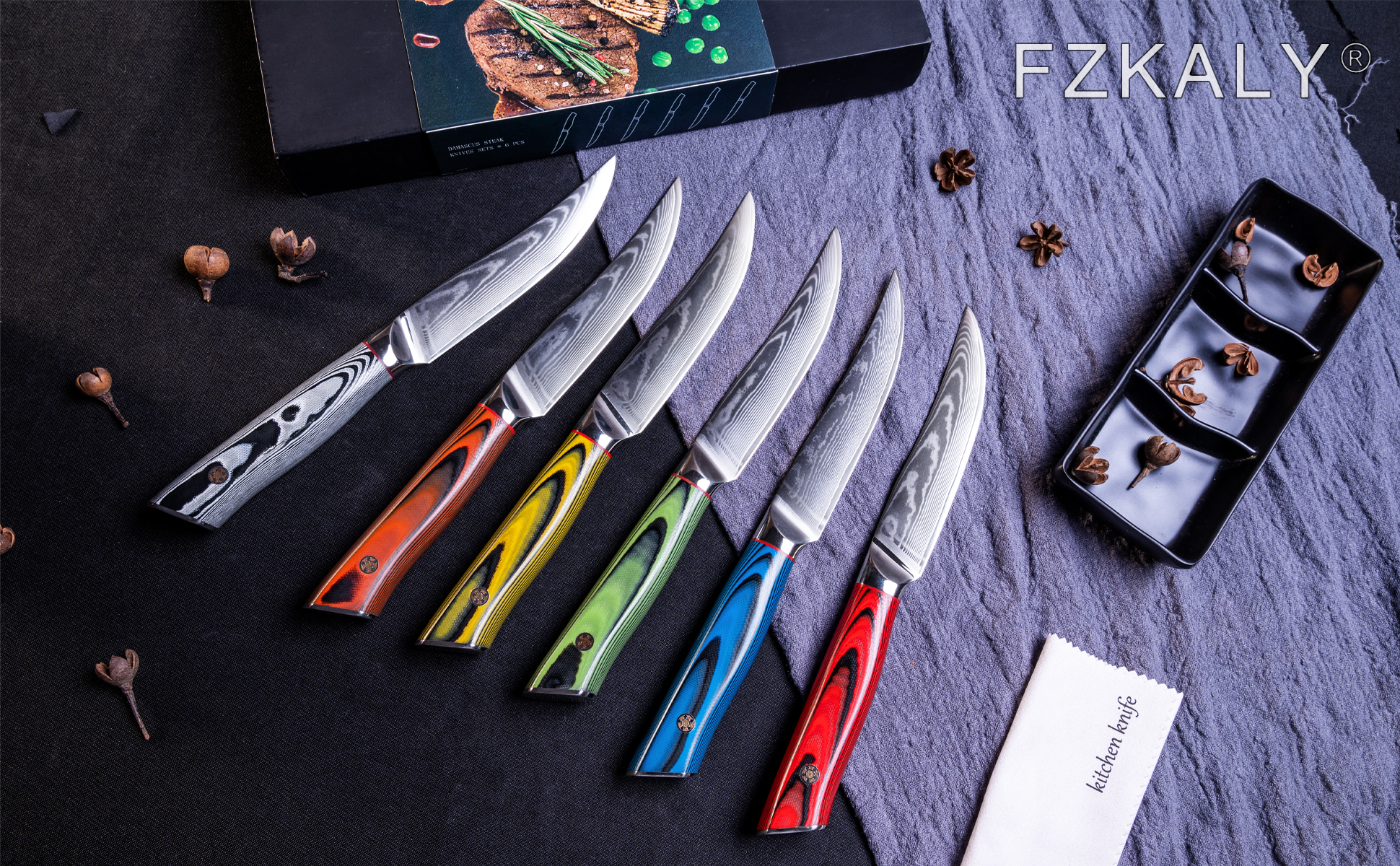
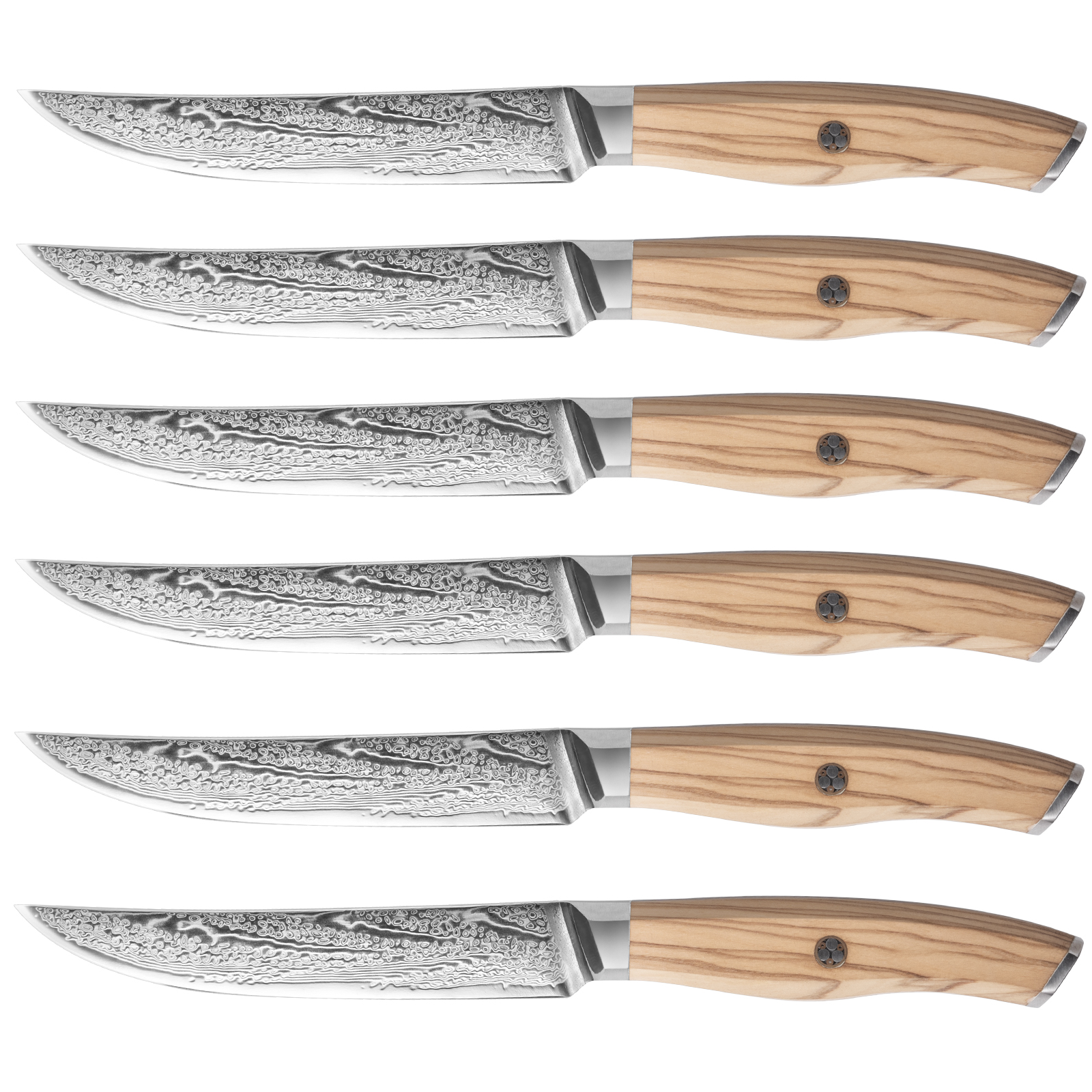
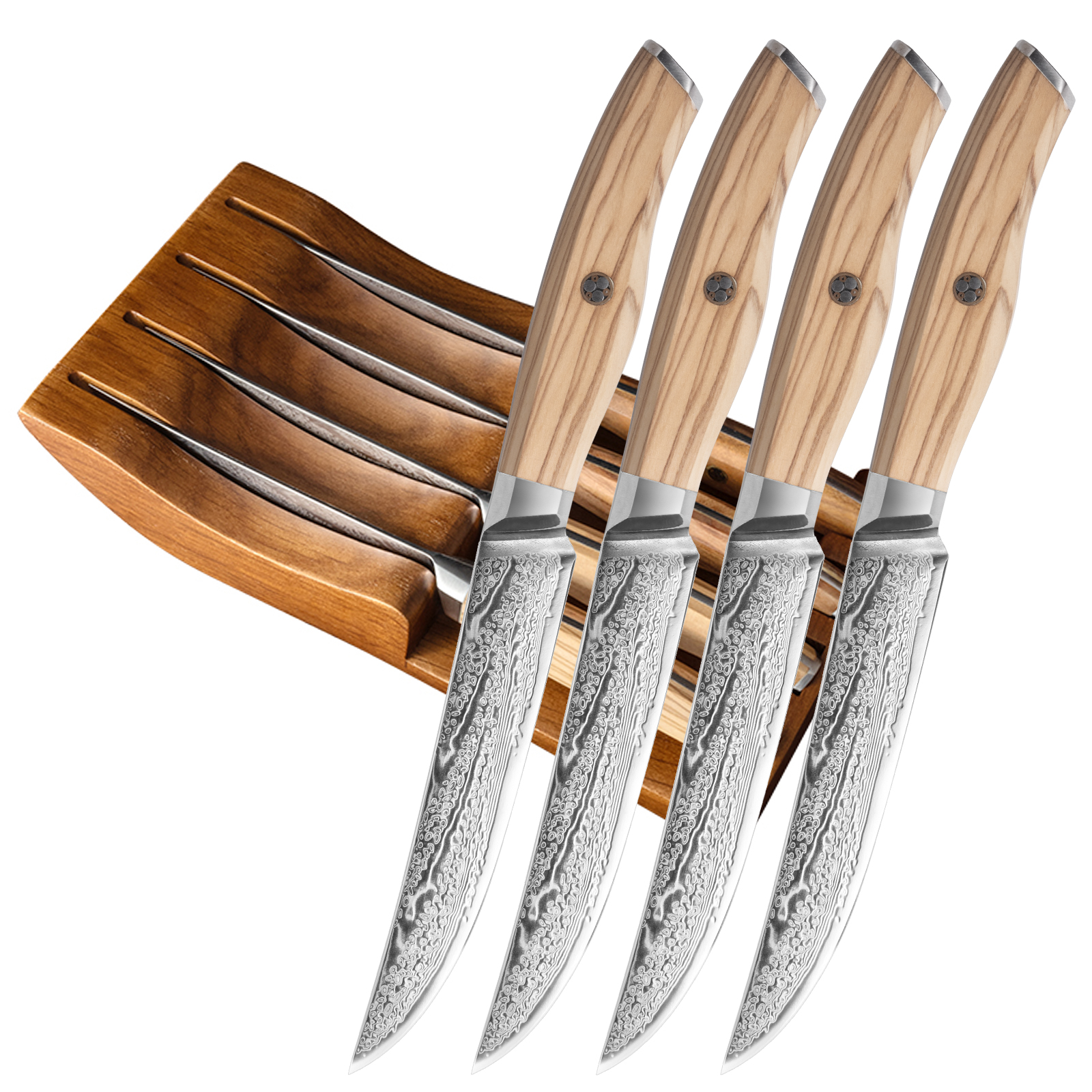
.jpeg?w=1600&h=1600)
.jpeg?w=1600&h=1600)
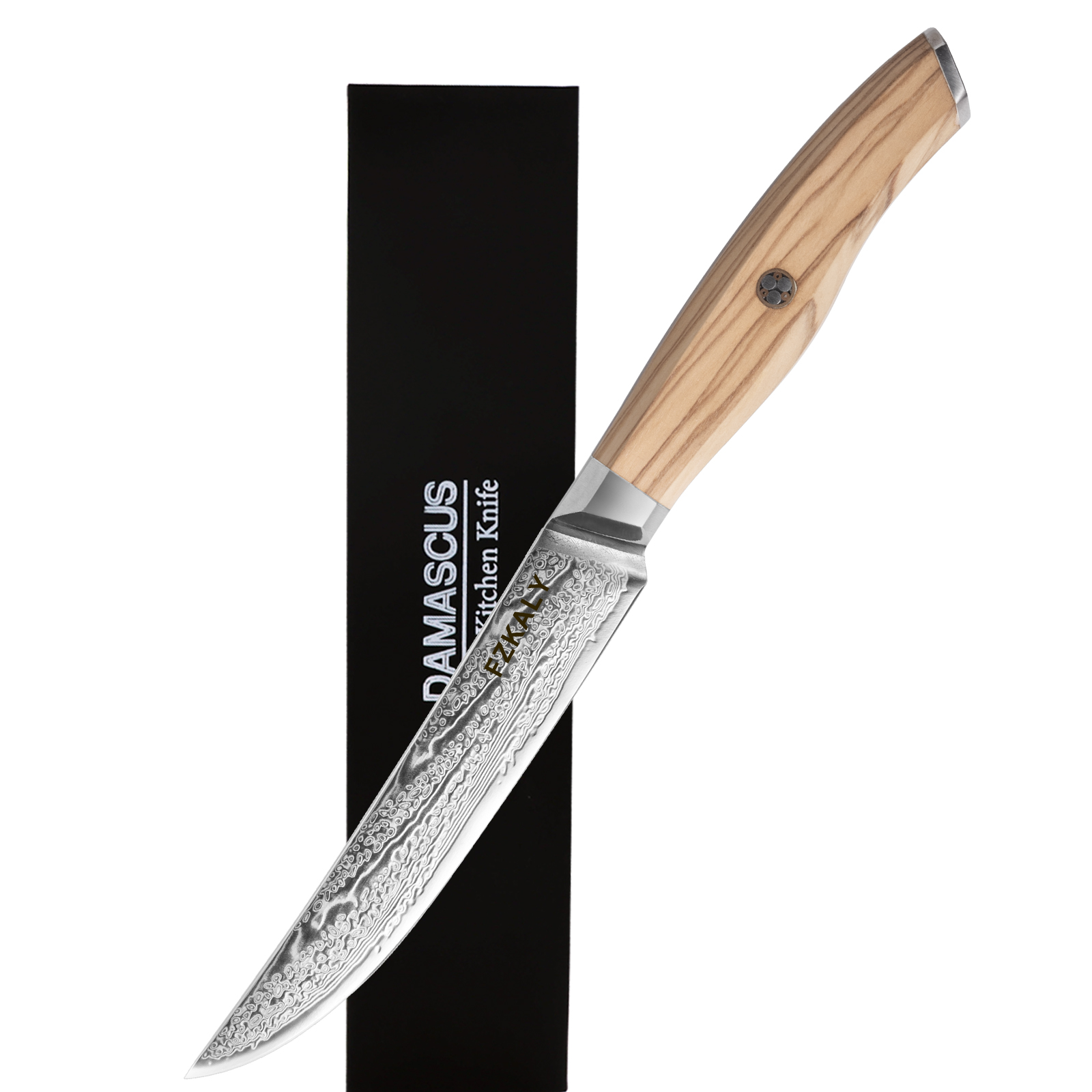

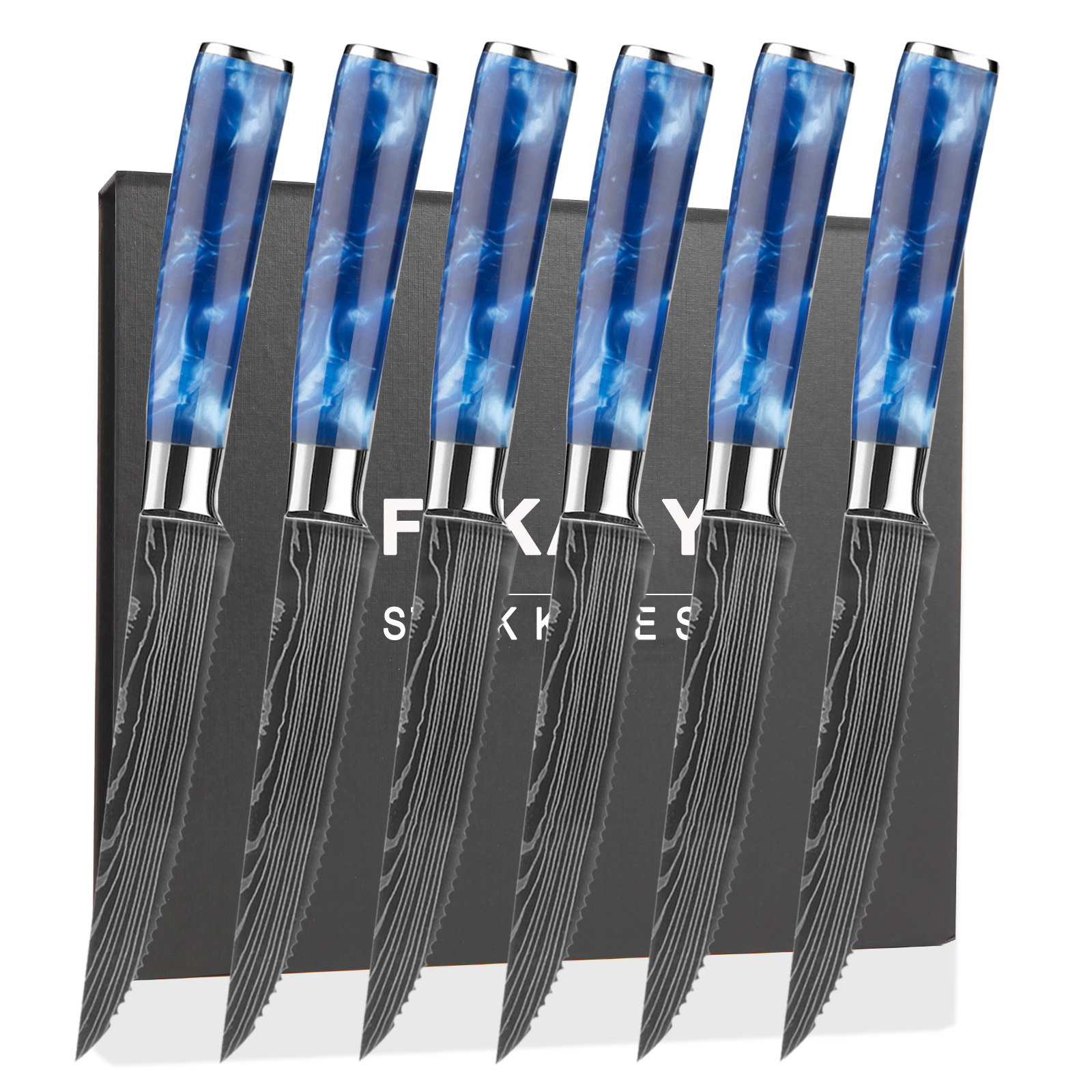
.jpeg?w=1600&h=1600)
.jpeg?w=1600&h=1600)
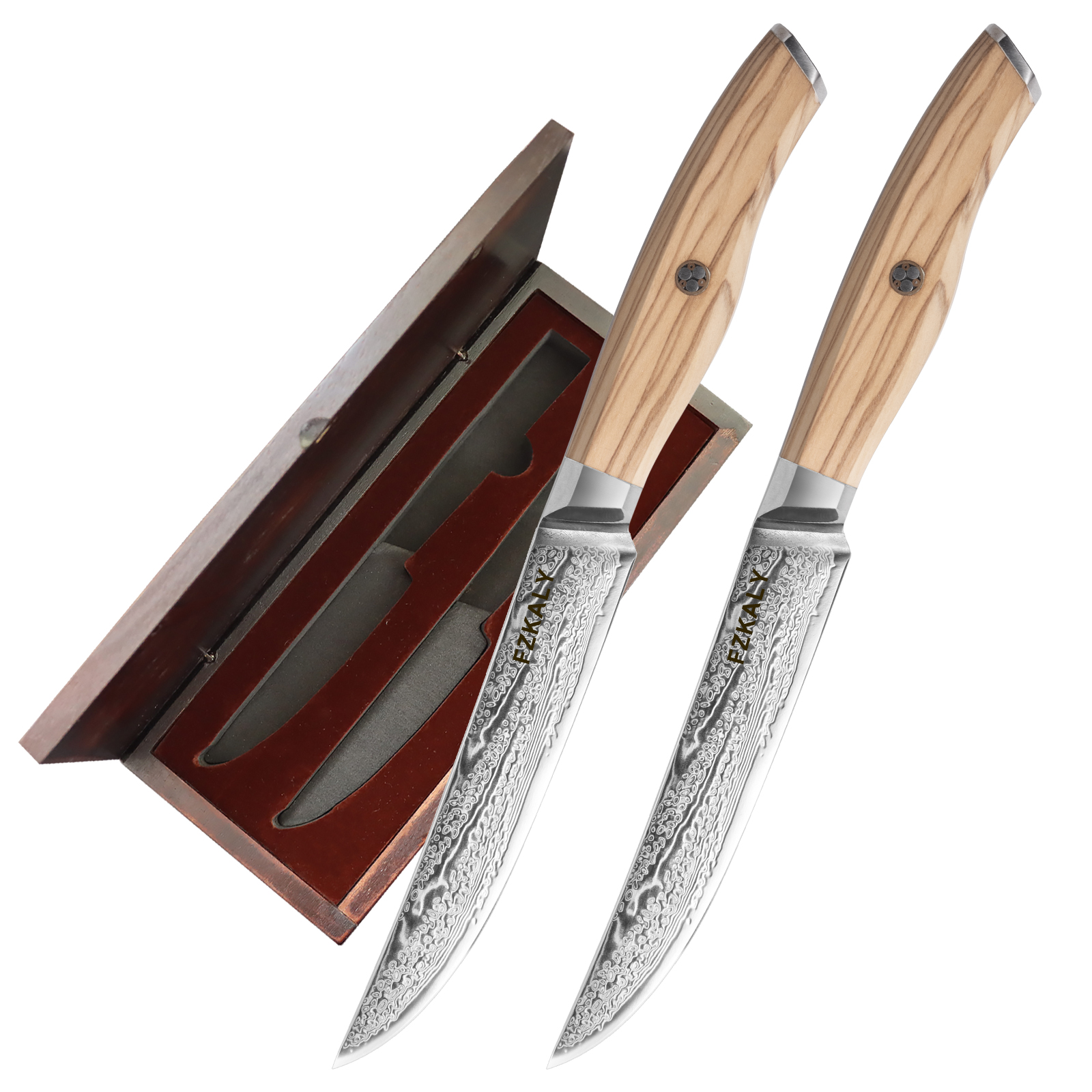
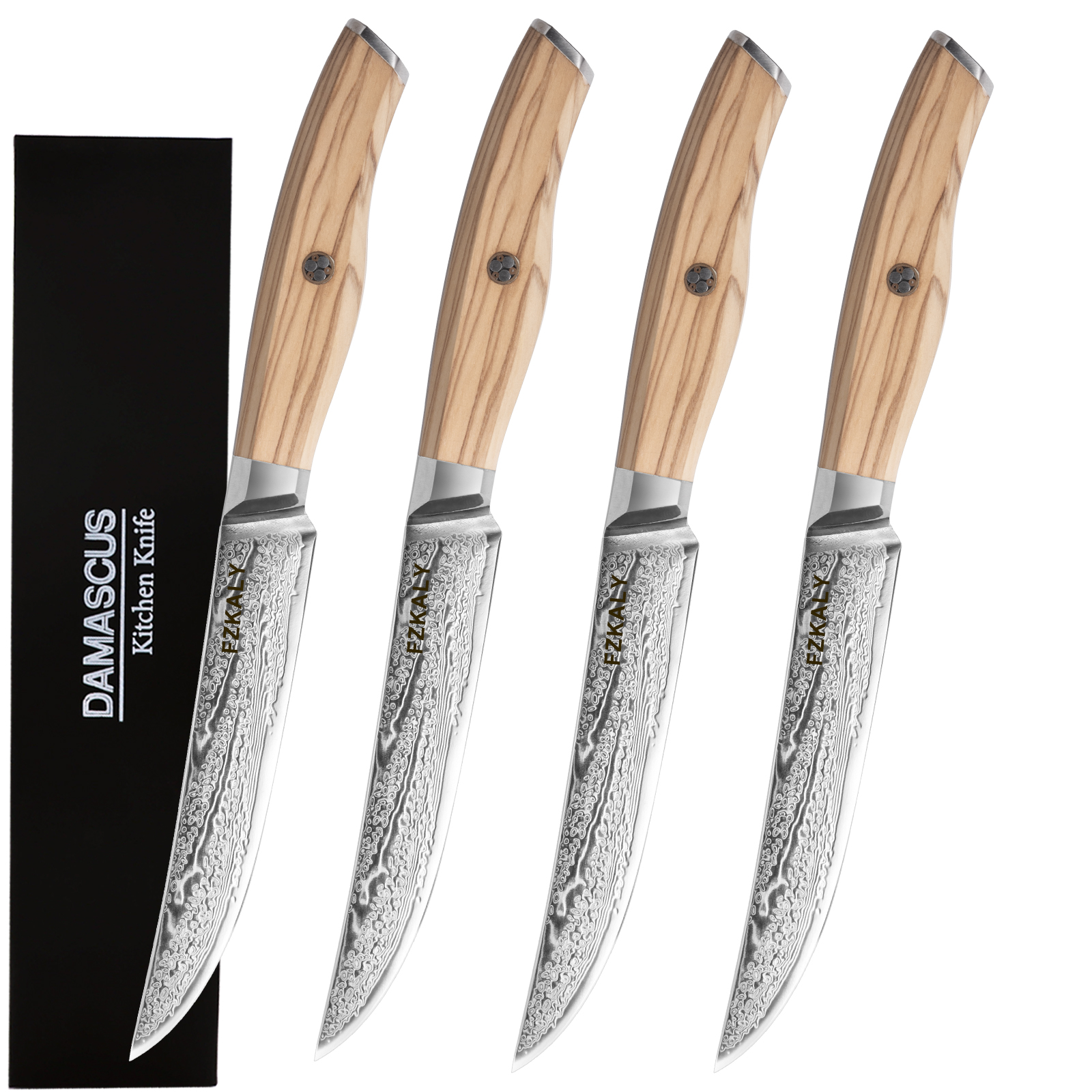
.jpeg?w=1000&h=1000)
.jpeg?w=1000&h=1000)
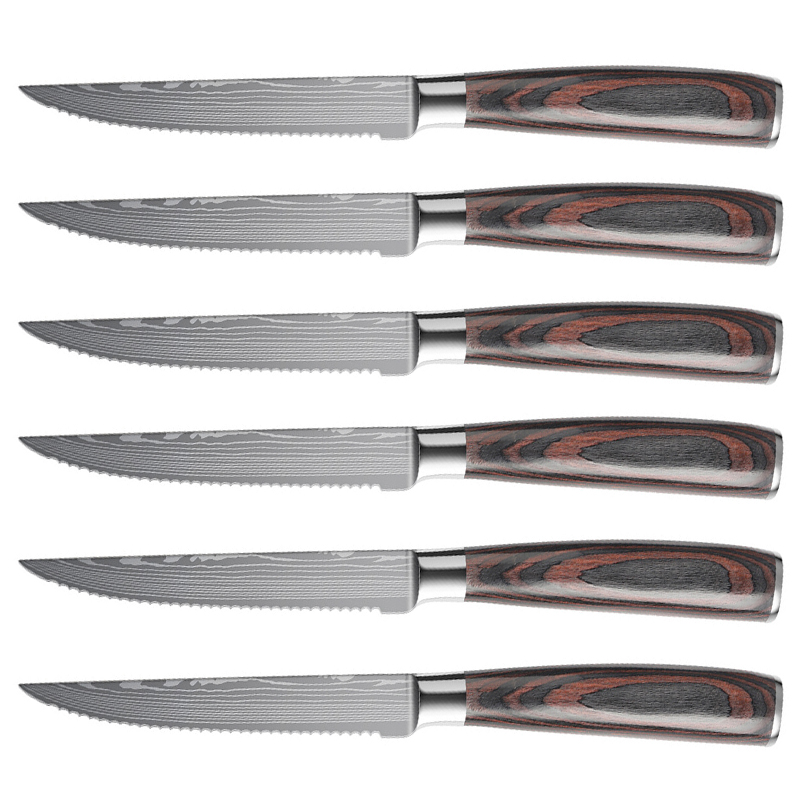
.jpeg?w=1600&h=1600)
.jpeg?w=1000&h=1000)
.jpeg?w=1000&h=1000)
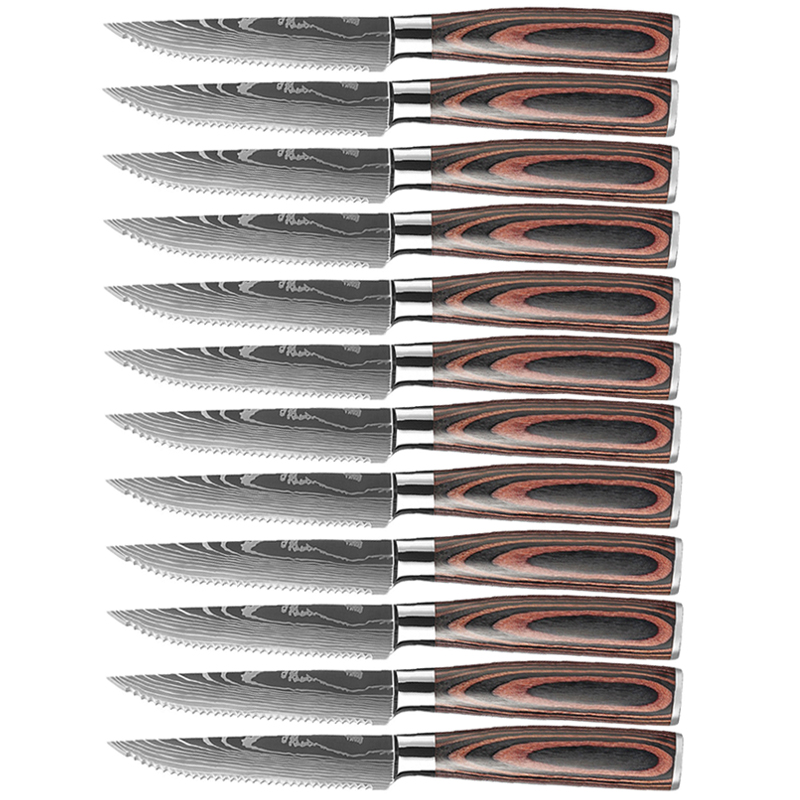
.jpeg?w=1600&h=1600)
.jpeg?w=1600&h=1600)
.jpeg?w=1600&h=1600)
.jpeg?w=1600&h=1600)
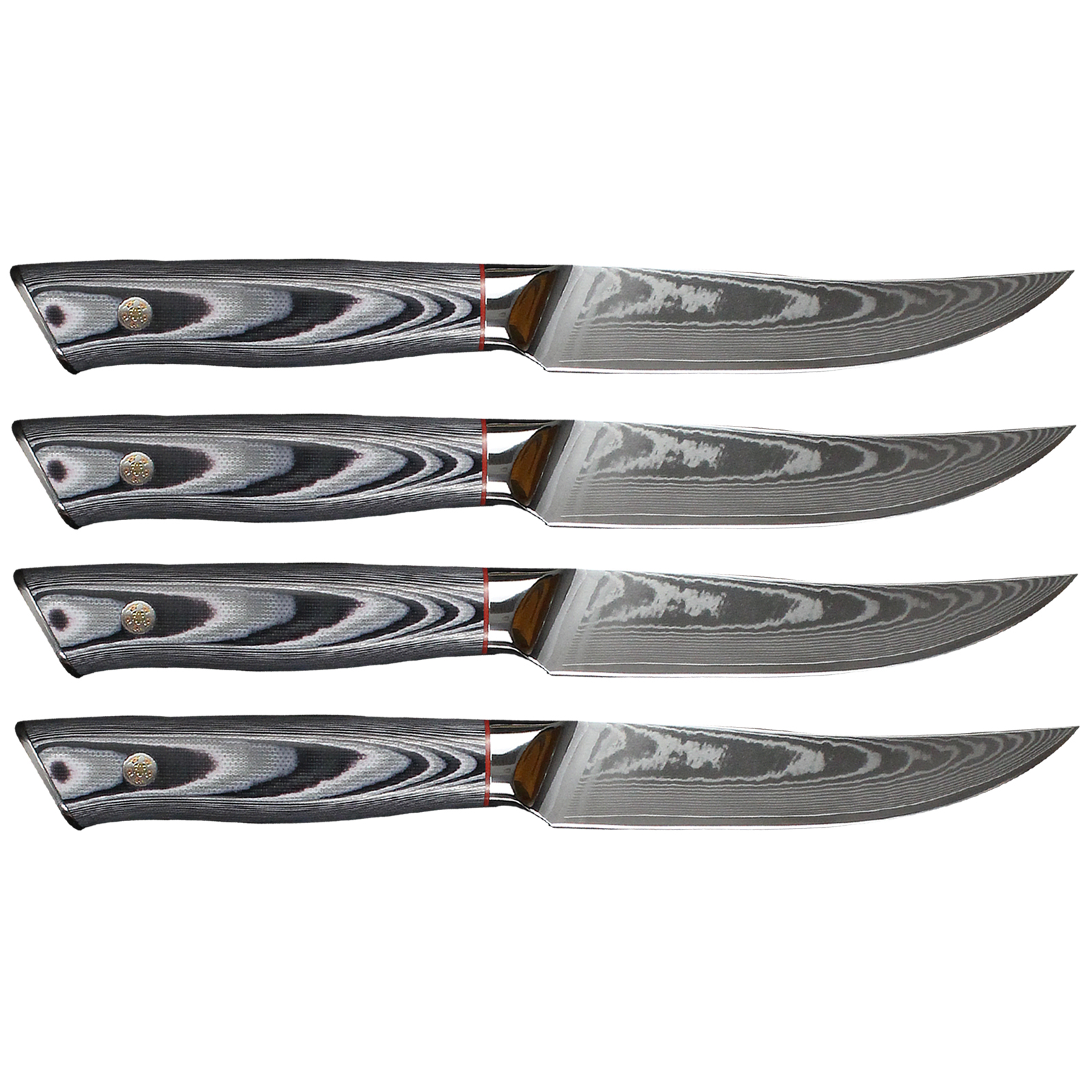
.jpeg?w=800&h=800)
.jpeg?w=1600&h=1600)
.jpeg?w=1600&h=1600)
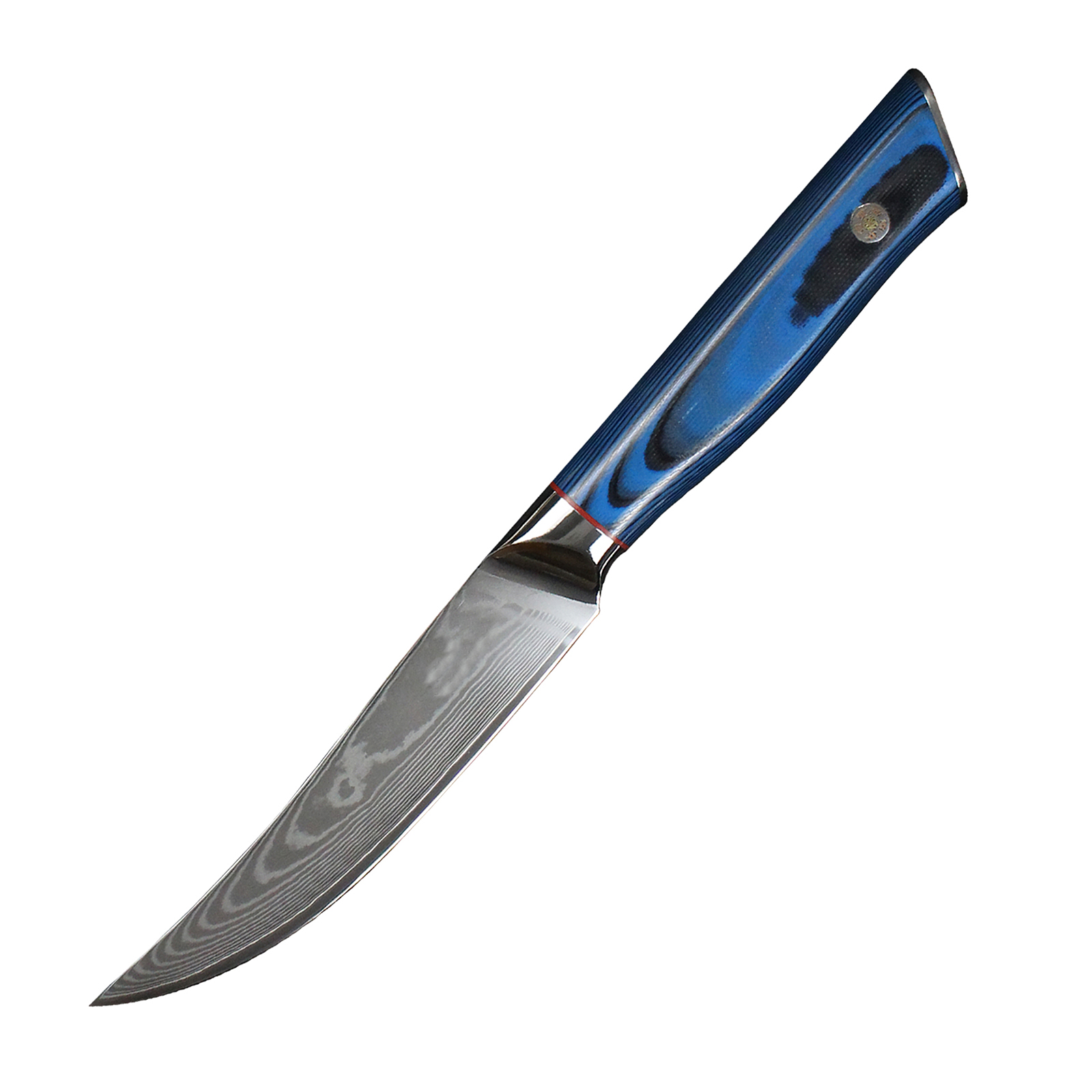
.jpeg?w=1600&h=1600)
